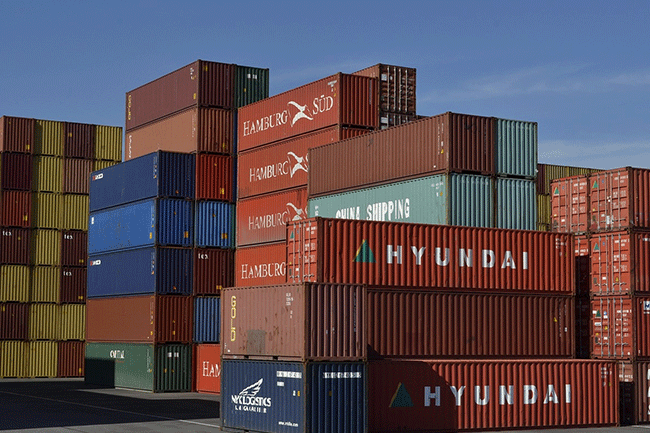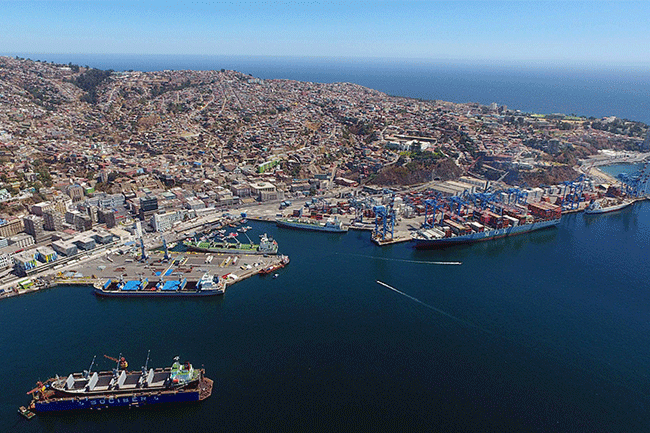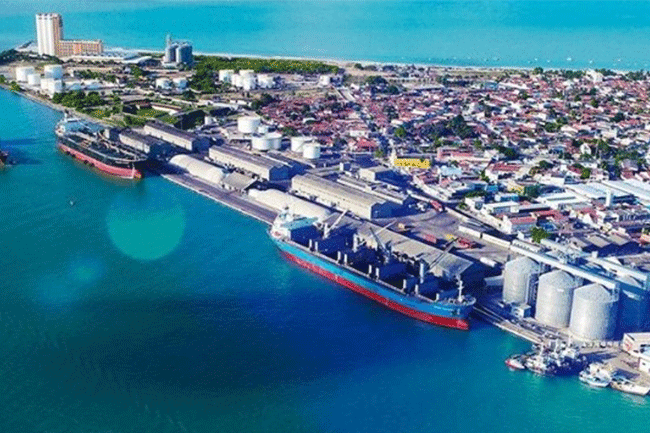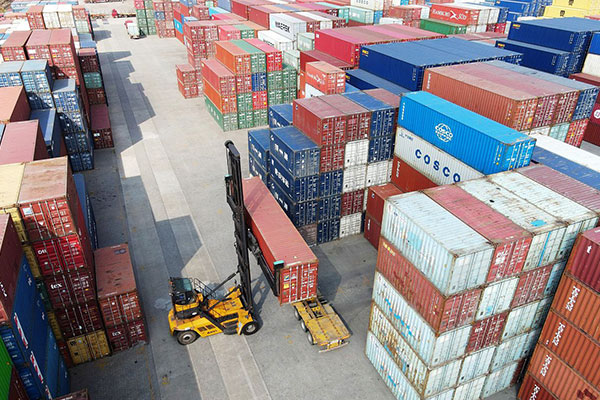- Shanghai Zhongshen International Trading Co., Ltd. – Your reliable partner with 20 years of import/export agency service expertise.
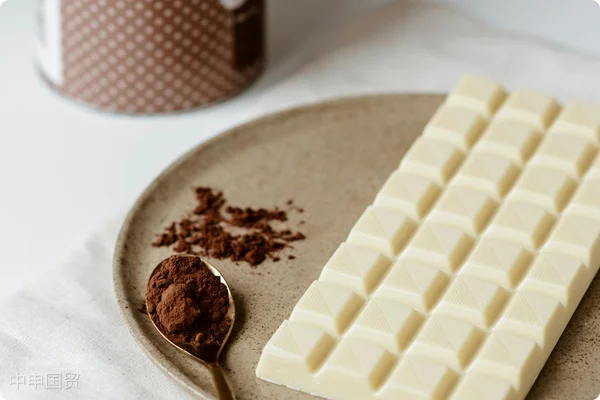
I. The Situation of Chocolate Import Trade in the Netherlands: A Market Window with Equal Emphasis on Opportunities and Compliance
In recent years, China's imported food market has continued to expand. As a core country in the EU food trade, the Netherlands' chocolate products account for 15% of the imported chocolate market (according to 2023 customs data) due to their high cocoa content, traditional craftsmanship, and strict quality control. However, it should be noted that both the EU's General Food Law (EC 178/2002) and China's "Regulations on the Registration Management of Foreign Food Production Enterprises for Imported Foods" (Customs General Administration Order No. 248) impose dual requirements on raw material traceability, additive standards (such as cocoa butter content ≥35%), and production enterprise registration. Additionally, the upgrade of the China-EU AEO mutual recognition program in 2023 allows AEO-certified enterprises to enjoy customs clearance facilitations, but non-mandatory certification requires customers to assess the situation independently.
II.Import Agent ServicesCore competence: Professional barriers in document processing
The compliance of documents for Dutch chocolate imports is crucial for customs clearance. Agents need to accurately handle seven core types of documents:
- Commercial Invoice: It is necessary to specify the type of chocolate (dark chocolate/milk chocolate), the cocoa content, and the unit price (which needs to match the benchmark price agreed upon with the customs), in order to avoid the risk of additional taxation caused by under-declaration.
- Health Certificate: Issued by the Dutch Ministry of Agriculture, Nature and Food Quality (LNV), it must state that "it complies with the EU food hygiene regulations (EC 852/2004)" and "no Chinese-prohibited food additives (such as erythritol red) have been used";
- Origin Certificate(EUR.1): As a certificate to enjoy the most-favored-nation tariff (8%), it must be issued by the Dutch customs or an authorized chamber of commerce. It is necessary to check whether the "Goods Origin Standard" column is marked with "WP" (fully originated);
- Certificate of Analysis (COA): It needs to include key indicators such as cocoa butter, milk solids (e.g., if the product contains milk), and heavy metals (lead ≤ 0.5mg/kg), and be compared with each item of the Chinese GB 9678.2-2014 standard.
- Bill of Lading: Cold chain transportation requires indicating "Reefer Container" (refrigerated container) and attaching the temperature records (18-22°C) to avoid disputes over cargo damage caused by temperature exceeding standards.
The agency team needs to complete the pre-review of the documents three working days before arrival, with a focus on checking the validity of the health certificate (usually 12 months) and the CNAS/CMA-approved logos on the ingredient report, to ensure a seamless transition between the two declaration steps (summary declaration and full declaration) at the customs.
III. Logistics Services: End-to-end temperature control and delivery time guarantee from Rotterdam to China
The logistics of importing chocolate from the Netherlands involves the following steps:Maritime transportMainly, the core nodes include:
- Port of Origin Operations: As the largest port in Europe, the Port of Rotterdam requires booking containers 7 days in advance (with FCL full container shipments taking priority to avoid temperature fluctuations in LCL partial container shipments). The agent coordinates with shipping companies (such as Maersk and CMA CGM) to provide "Temperature-Controlled Reefer" services, ensuring a constant temperature range of 18-22°C.
- In-transit monitoring: Through the Internet of Things (IoT) devices, real-time collection of container temperature and humidity data is carried out. Any abnormalities (such as a temperature exceeding 25°C for more than 30 minutes) will automatically trigger an early warning. The agency team will coordinate with the shipping company to adjust the ventilation settings or arrange for dockside inspections within two hours.
- Customs Clearance at the Port of Destination: Preferentially select ports with dedicated food inspection areas, such as Shanghai Waigaoqiao and Guangzhou Nansha, where agents can transmit the "customs clearance documents" to the customs in advance and cooperate with the customs in "machine inspection + container inspection" (focusing on checking the integrity of packaging and the compliance of labels).
- Domestic distribution: Within 24 hours after customs clearance, the cold-chain fleet that has passed GSP certification (with a cabin temperature of ≤25°C) will be delivered to the client's warehouse. Support for bonded warehousing (such as the Shanghai Waigaoqiao Bonded Zone) or direct delivery (requiring the client to provide a secondary distribution address) is available.
The data shows that professional agents can reduce the overall logistics delivery time from 35 days to 28 days, and keep the freight damage rate within 0.3% (the industry average is 1.2%).
IV. Expansion of Business with Russia: VTBConvert foreign exchange into RMBThe efficiency and risk hedging advantages of it
Regarding the trade scenario of Dutch chocolate being re-exported to Russia, the agent relies on its cooperation with Russian partners to handle the customs clearance and logistics.foreign tradeLong-term partnership with VTB Bank offers three major foreign-exchange settlement advantages:
- Multi-currency channel: Support dual currency settlement in Euro (EUR) and Ruble (RUB), allowing clients to choose the lock-in point based on exchange rate fluctuations (e.g., monthly EUR/RUB fluctuations of ±3%), thereby reducing exchange rate losses;
- The SWIFT channel is stable.: VTB, as a systemically important bank in Russia, maintains a high success rate (98%) in international payments with its SWIFT code (VTBRRUMM), thus avoiding payment delays caused by issues with banking channels.
- Document review collaboration: The agent team is directly connected to VTB's backend system, enabling the synchronous review of commercial invoices, bills of lading, and other foreign exchange settlement documents. This reduces the payment cycle from T+7 to T+3.
The case in 2023 showed that a client completed the business of transferring 1.2 million euros of Dutch chocolate to Russia through VTB's foreign exchange channel, saving 3 days compared to traditional banks and reducing the exchange rate loss by 21,000 euros.
5. Full-process agency services: risk control and efficiency improvement in nine major stages
The agency service covers the entire cycle from consultation to feedback, with the key steps as follows:
- 1. Client Consultation & Demand Confirmation
- Through the "Import Demand Survey Form", the product type (such as white chocolate/dark chocolate), the value of the goods (whether it triggers the customs price questioning threshold of $500,000), and the target customs clearance ports (which affect the inspection rate, such as the inspection rate of about 12% in Shenzhen Yantian and about 8% in Shanghai Waigaoqiao) are specified.
- 3. Order and payment arrangements
- It is recommended to use?L/C?(L/C) settlement (accounting for 70%), with agents assisting in reviewing L/C terms (such as "document presentation period of 21 days" and "deduction of fees for non-conformities shall not exceed USD 100"), reducing the risk of prepayment (T/T); for small-quantity orders (≤2,000 kg), D/P (payment against documents) can be adopted, thereby reducing the cost of issuing L/Cs.
- 5. Production supervision and third-party inspection
- Commission SGS, BV and other organizations to inspect the goods in the Dutch factory, with a focus on verifying the packaging (which must comply with the Chinese GB 7718-2011 standard for prepackaged food labeling and must be labeled in Chinese), the consistency of the batch numbers with the health certificates, and issuing an Inspection Report as the basis for payment.
- 7. Customs Compliance and Tariff Planning
- Accurately classify the HS code (e.g., 1806.3200 "Other chocolate, with or without cocoa"), with a tax rate of 8% + 13% VAT; utilize the "consolidated taxation" model (requiring the client to be a general certified enterprise) to implement "release first, tax later", thereby alleviating financial pressure.
VI. Certification Tips: Clients are required to complete the compliance preparations on their own
It should be noted that the agent does not provide product certification services, but clients are required to pay attention to the following certification requirements:
- EU CE certification: Dutch chocolate manufacturers must hold a CE mark (for food products) to demonstrate compliance with the EU's basic safety requirements.
- FSSC 22000: International food supply chain safety certification, which some domestic distributors (such as large-scale supermarket chains) regard as a threshold for cooperation;
- China Import and Export Fair The China Import and Export Fair, also known as the Canton Fair, is a major international trade event held annually in Guangzhou, China. It is one of the largest and most influential trade fairs in the world, with over 24,000 exhibitors and more than 400,000 buyers attending each session. The Canton Fair is divided into two phases: the Spring Fair and the Autumn Fair. The Spring Fair typically takes place in April or May, while the Autumn Fair is held in October or November. The event showcases a wide range of products, including machinery and equipment, electronics, clothing and textiles, home appliances, and more. It also provides opportunities for business negotiations, technology exchanges, and market information sharing between domestic and international buyers and suppliers. The Canton Fair has played a crucial role in promoting China's economic development and international trade cooperation, and has become a significant platform for Chinese enterprises to showcase their products and explore global markets.: Dutch production enterprises need to complete the registration on the "Imported Food Overseas Production Enterprises Registration Management System" of the General Administration of Customs (with a registration number in the format of NL+6 digits). Agents can assist in reviewing the registration information, but they cannot handle the registration process on behalf of the enterprises.
Failure to complete the above-mentioned certification may result in customs rejection (with a probability of about 30%) or obstacles to domestic sales (such as supermarkets refusing to list the products), so it is recommended that customers start the certification process three months in advance.
Conclusion: The value of professional agents—making imports simpler and safer
The import of Dutch chocolate involves multiple challenges in regulations, documentation, and logistics. The core value of professional agents lies in transforming "potential risks" into "controllable processes" through their experience of over 100 successful Dutch food imports. From pre-auditing documents to cold-chain monitoring, from Russian currency conversion to certification notifications, the agent team saves clients 30% of time costs and reduces customs clearance abnormalities by 50% with their "professional + meticulous" approach. Choosing a professional agent is not just about selecting a service, but also about obtaining a guarantee of "stress-free import".
? 2025. All Rights Reserved.
